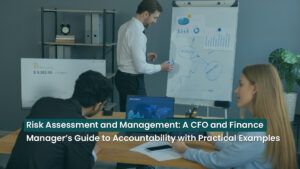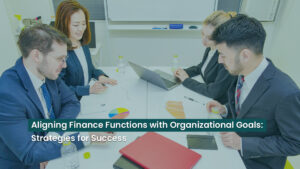A feasibility study evaluates whether an idea is the business, startup, or project one may engage in financially feasible and legally acceptable while executing the resources. It leads to well-informed decisions by minimizing the risks. Success in a new business through its feasibility study is dependent upon the probable collection of the most authentic data about the market beforehand. We will be discussing the importance of market research in a Present Feasibility Study and business decision-making in this blog post. There are five types of feasibility studies which are described below:
- Technical Feasibility
- Economic Feasibility
- Legal Feasibility
- Operational Feasibility
- Scheduling Feasibility
Such a presentation can be understood to be an important method of the project, clarity of thought, and confidence over your project. It is, therefore, a very valuable presentation since it not only communicates essential findings but also enhances the value of the study while working towards enhancing credibility. Here’s a guide on how to effectively present Feasibility Study to stakeholders.
Understand Your Audience
Before preparing your presentation, identify your stakeholders. Each group may have different priorities such as financial details, operational feasibility, or risk factors. In this way, you are most likely to capture the audience’s attention and address their needs much better by tailoring the content to the interests and concerns of your audience.
- Executive Stakeholders: Focus on high-level findings, potential ROI, and strategic alignment.
- Financial Stakeholders: Emphasize cost analysis, revenue projections, and financial risk.
- Operational Stakeholders: Highlight workflow impacts, timelines, and resource requirements.
Structure Your Presentation For Clarity
Organize your findings in a logical flow that helps stakeholders grasp your conclusions easily. A clear, well-organized presentation keeps everyone on track and reduces the risk of misunderstanding.
- Introduction: Give a brief overview of the project and the purpose of the Present Feasibility Study.
- Objectives: Outline the key objectives that the study aimed to achieve.
- Methodology: Describe the methods you used to conduct the study, such as surveys, data analysis, or market research.
- Key Findings: Present your findings in a structured way, categorizing them by financial, operational, and technical feasibility.
- Recommendations: Share your suggestions based on the findings. Highlight why certain paths are more feasible than others.
- Next Steps: Outline actionable steps if the stakeholders decide to move forward with the project.
Use Visuals To Emphasize Key Data
Complications will be easier to understand when using visual aids, like charts, graphs, and infographics. Visualize trends and comparisons to drive home financial projections, market analysis, or risk assessments.
- Pie Charts and Bar Graphs: Use these to display financial breakdowns, potential revenues, or operational costs.
- Flowcharts: Show workflows or project timelines in an easy-to-follow manner.
- Infographics: Summarize key points in a visually engaging way.
Discuss Potential Risks and Solutions
All stakeholders would like to see an explanation for any challenge or potential risk involved. Summarize the risks you faced in your research, such as market competition, technological limitations, and regulatory requirements. Demonstrate how prepared you are for the mitigation of all the risks brought forth.
- Risk Table: Explain the risks, their impact, probability, and proposed mitigation strategies.
- Scenario Analysis: If applicable, then outline alternative scenarios and how these might affect the feasibility of the project.
Showcase The Benefits Of Moving Forward
After identifying risks, mention some of the positive opportunities that the project will emphasize. The benefits should flow onto stakeholder objectives, such as increased profitability, expansion of the market, or innovation.
- Return on Investment Projections: Help meet the needs of financial stakeholders by indicating how the project can help contribute to the bottom line of the company.
- Market Positioning: Describe how the project will enable the organization to improve its competitive position.
Innovation and Efficiency Gains: Justify how the project would bring operational efficiency or motivate innovation.
Invite Questions And Encourage Discussion
Presenting findings is as much an engagement as it is a submission of information. Open the session for questions, and address any concerns. This breeds trust and shows you are prepared for scrutiny.
- Q&A Session: Set aside space in each section for questions, so that the stakeholders can take time to digest information.
-
Feedback Loop: Encourage constructive feedback, and look for suggestions that may improve the feasibility or appeal of the project.
Summarize And Outline the Next Steps
Conclude your presentation by summarizing the key takeaways and outlining the next steps. Stakeholders should walk out of the present Feasibility Study with a clear understanding of what is being concluded and what is needed to move the process forward.
- Summary of Key Points: Outline major findings, chief recommendations, as well as objectives.
- Action Plan: If the stakeholders will continue, then an action plan can be proffered, which may include details on timelines of what has to be done regarding resource allocation, and what else needs follow-up.
Conclusion
Presentation for a stakeholder Present Feasibility Study requires preparation, proper communication, and a strategic focus on stakeholder priorities. With a well-crafted structured, visually interesting, and transparent presentation, you are going to build stakeholder confidence and ensure project support.



